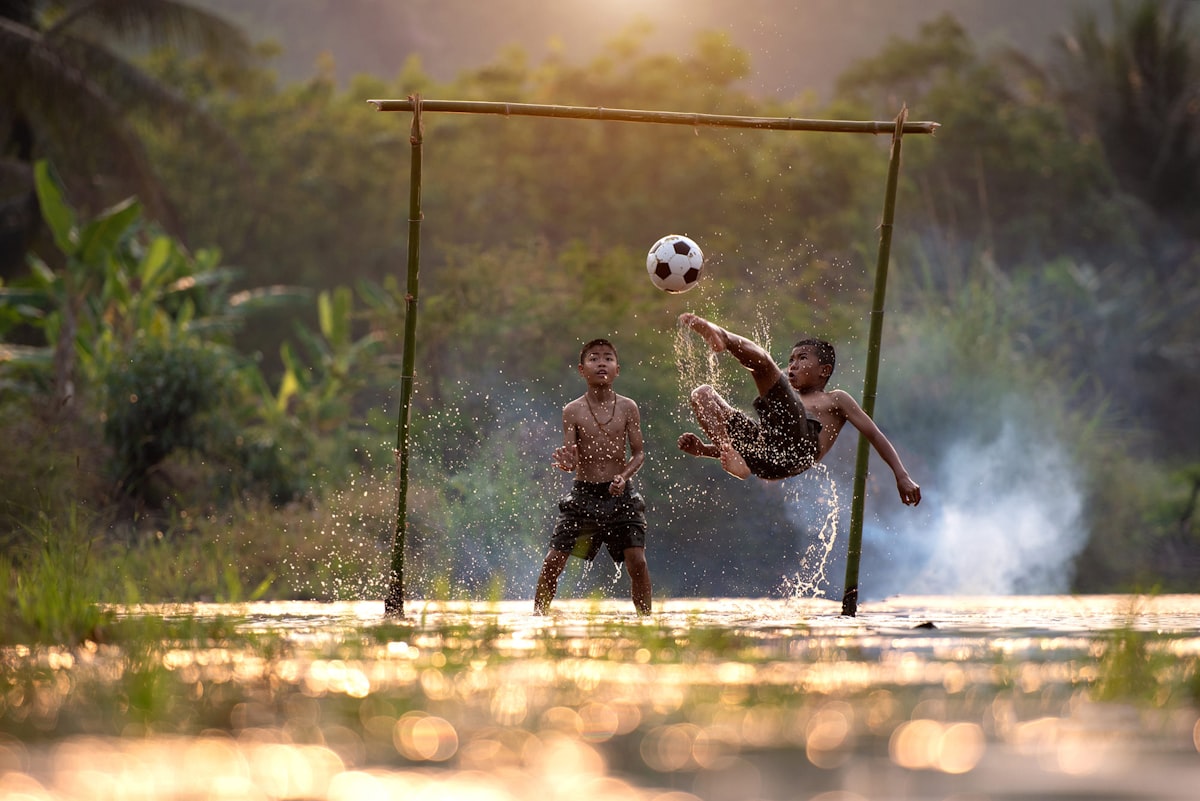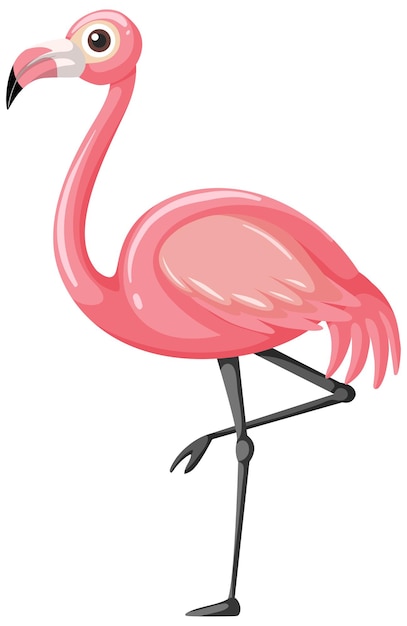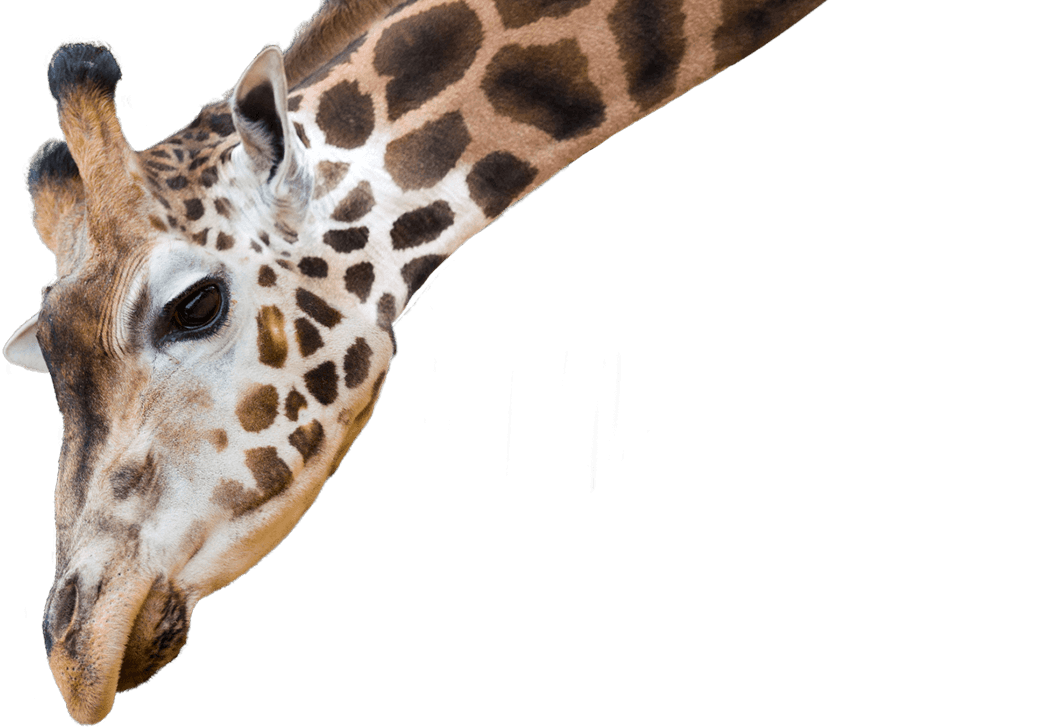Johan Cruyff, soccer world champion and coach, in an interview about development in (children’s) sports using soccer as an example. About creativity in and through free play, the necessity of mistakes in the learning process. Modern sports, education and exercise concepts such as the Ballschule Heidelberg or Street Racket are looking for and offering ways back to the culture of street games or bringing street games into the halls.
Archiv der Kategorie: Inner Coaching
Traditional or CLA


SCIENCE REVIEW
Comparing the traditional and constraints-led approaches to skill acquisition in tennis. By Luke Regan, The Sports Think Thank, United Kingdom. August 2021
Regan comes to the conclusion:
„Manipulating constraints is not new to coaching per se, coaches have always utilised tasks and environments in ostensibly similar ways. But in order to maximise their effectiveness, the CLA and its theoretical foundations provide a basis for using constraints in a way that assumes a model of behaviour profoundly different from the traditional, cognitive approach of transforming ‘one size fits all’ technical information into procedural knowledge will not be optimal if deployed as part of a prescriptive coaching style. The CLA is the use of interacting constraints to facilitate the emergence of functional behaviour through self-organisation, not to simply provide opportunities for a player to execute a pre-established technique dictated by a coach. Ongoing developments in psychological theory are continuously informing best practice in skill acquisition and, far from being locked into the assumption that skills can only be coached through the prescriptive transmission of expert information, coaches are encouraged to explore more ecological and implicit approaches to developing skill in tennis players.“
Outside the box
Adopting a Constraints-Led Approach to Enhance Skill Acquisition for Fast Bowlers in Grassroots Cricket.
Journal of Coaching and Sports Science
Volume 2, Issue 2, 78-86. September 2023
Der Mythos der korrekten Technik

Ein Beitrag von outoftheb-ox über die Theorie der Entwicklung motorischer Fähigkeiten, den Mythos der korrekten Technik, Variabilität im Körper und Variabilität in der Bewegung.
Fazit: „Bewegungsvariabilität sollte im Training gefördert werden, um die Anpassungsfähigkeit von Bewegungslösungen zu verbessern und folglich nicht nur die sportliche Leistung der Sportlerin zu steigern, sondern auch das Verletzungsrisiko zu verringern. Das Üben einzelner Bewegungen zum Erlernen der “korrekten Technik” sollte vermieden werden. Stattdessen empfiehlt es sich das Training in einer realitätsnahen Situation durchzuführen, die es der Sportlerin erlaubt Umweltfaktoren wahrzunehmen und auf diese agil und variabel zu reagieren.“
„Essentially, all models are wrong, but some are useful“
George Box
Animals
In a previous blog post we talked about the importance of metaphors in sports coaching. In an extensive work, Nele Telemann pointed out the efficiency of analogies from other social contexts.

When you see tennis players jumping like a kangaroo, moving like a gazelle, waiting for the the ball like a tiger, standing at the forehand like a flamingo, holding the racquet like it’s a little bird she’s grabbing.
When you watch children hit balls over the net and describe the distance to the net as „mouse“, „cheetah“ or „giraffe“. When kids want to play the dinosaur game again and again at the end of the training session.

Then you might see players who learn and have learned tennis with our training philosophy.

But metaphors and analogies are not only about animals. May be players move and hit the ball like Bruce Lee recommended: „Be like water.“
The Base
This blog and the philosophy behind it is our base for coaching tennis (www.tms-tennis.de). But where do we come from?
The starting point was the book Inner Game in tennis by Timothy Gallwey, first published in 1974. In this book he describes a way of learning influenced by far eastern philosophies such as ZEN. Much of Gallwey’s approach and publications that linked Zen Buddhism to motor learning can now be found in scientific motor learning studies. Brain research also takes up many of these approaches and confirms their relevance for learning.
Time for a return. The reason for this is our annual coach meets coach. This time it is all about the mental area in the practical part: integrated mental training, training with girls‘ groups U18, training with „difficult groups“ and inner game.
Wonder

„A team is only as good as its coach.“
…I just read in a tennis coach’s self-portrayal. This is possibly one of the biggest but most common overconfidence among coaches and a big misunderstanding of coaching.
slow and fast
A und B spielen Ballwechsel von der Grundlinie. Aufgabe: bei Kommando „slow“ müssen die Spieler:innen den Ball so spielen, dass die Partern:in ihn vor dem Schlag zweimal springen lassen kann. Bei Kommando „fast“ darf der Ball vor dem Schlag nur einmal aufspringen. (Tempowechsel)
EnglishPressure and coordination
Verbesserung koordinativer Fähigkeiten im Tennis. Drucksituationen im Tennistraining schaffen. Definition der Koordinationsbausteine (in Anlehnung an Roth/Kröger 2021, Ballschule Heidelberg)
Aufgabe: A (Zuspieler) und B spielen Ballwechsel von der Grundlinie. Ziel ist es, möglichst nah an die vor der Grundlinie platzierte Zeitung zu spielen. (Präzisionsdruck)

Variation:
Treffer auf Zeitung gibt Teampunkt (Präzisionsdruck)
Zeitung auch auf Zuspielerseite (Präzisionsdruck, Variabilitätsdruck)
größere Zielfläche (Präzisionsdruck)
Lage der Farbpunkte verändern (Präzisionsdruck, Komplexitätsdruck)
Partner gibt vor eigenem Schlag an, welchen Farbpunkt der Spieler mit dem Schläger berühren soll. (Zeitdruck, Präzisionsdruck, Komplexitätsdruck)
Coach gibt an, welchen Farbpunkt der Spieler mit dem Schläger berühren soll. (Zeitdruck, Präzisionsdruck, Komplexitätsdruck)
Ball darf nur mit Vorhand/Rückhand gespielt werden (Zeitdruck, Präzisionsdruck, Komplexitätsdruck, Variabilitätsdruck)
Der Effekt variablen Trainings – eine ITF Studie
Vielen Dank an Prof. Wolfgang Schöllhorn, der mir diesen spannenden Text zur Verfügung gestellt hat.
Die 2019 von Michael Davis Higuera

in der ITF Coaching Review vorgestellte Studie über „Execution redundancy: the effect of varying
technique for a similar outcome on player’s groundstroke performance“ liefert spannende Ergebnisse zum Variabilitätslernen im Tennistraining. Untersucht wurde die Wirkung von variableren Anforderungen im Vergleich zu einer geringeren Variabilität.
Er kommt zum Ergebnis, dass bei fortgeschrittenen Vereinstennisspieler:innen eine hohe Variabilität zu schnelleren Fortschritten in der Technikentwicklung führt als in Trainingsangeboten mit einer geringen Vielfalt an Aufgabenstellungen.
Interessant, dass Higuera aus seiner Untersuchung auch Schlüsse zieht, die nicht Inhalt der Studie sind. So liefert die Studie keinen Beleg für die These, „dass der erfahrene Coach schon weiß, was zu tun ist“. Auch kann so nicht die Frage beantwortet werden, ob Variabilität nicht bereits im Lernprozess beim Beginner effektivere Lernfortschritte begünstigt. Auch ist schwer verständlich, warum „biomechanische Grundprinzipien“ vermittelt werden und erst die Grundtechniken stabil sein müssen um gezielt auf das Variabilitätslernen zurückgreifen zu können. Higuera weist gleichzeitig auf die hohe Variabilität der Bewegungsausführungen in der Anfangsphase des Tennislernens hin. Higuera sieht die Notwendigkeit weiterer Untersuchungen, ohne aber auf die bereits schon länger vorliegenden Ergebnisse aus dem Differenziellen Lernen (Wolfgang Schöllhorn und andere), dem Constraints Led Approach (Mark O Sullivan und andere) oder der Nonlinearen Pädagogik (Jian Yi Cow, Ian Renshaw und andere) zurückzugreifen. Dass die Studie von 2019 ist, weist dazu auf die Schwerfälligkeit bei der Forschung zum motorischen Lernen im Tennis hin.
Aus der Studie:
Conclusion:
The results suggest that asking players to vary technique slightly for similar outcomes can speed up learning. However, it is important that this type of coaching still follows other well-established coaching principles, sound biomechanical and sound technical principles in order to maximise efficiency and effectiveness.
